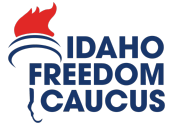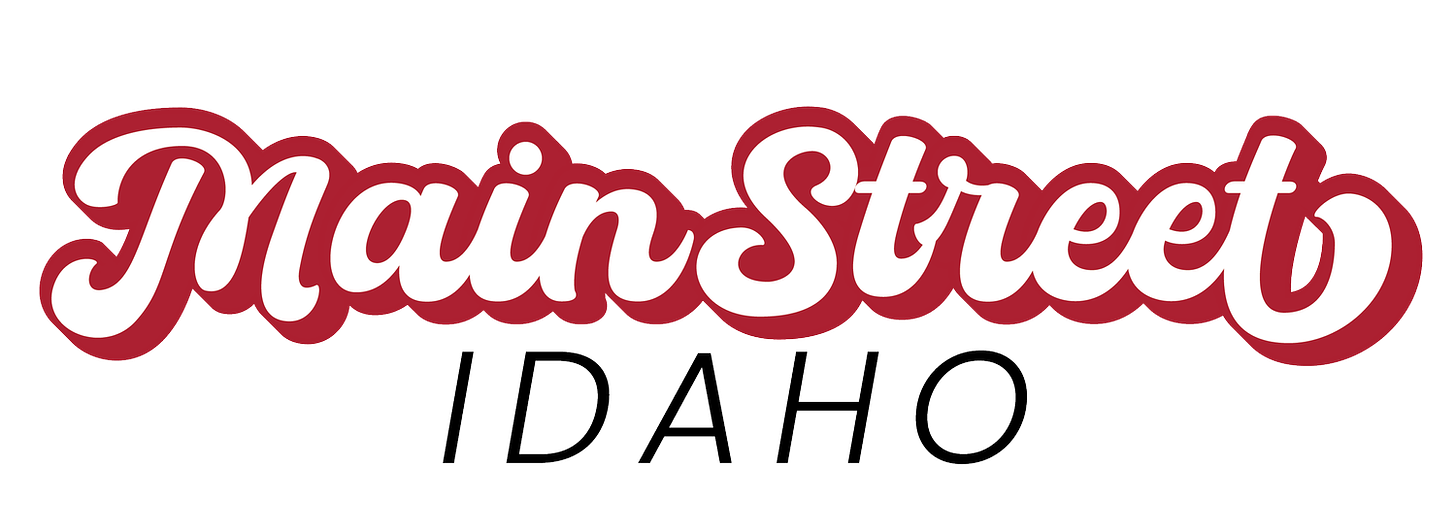There is strength in numbers. That is the entire point of political parties —candidates and lawmakers make common cause with like-minded people to pool resources and speak with a louder voice. We have a two party system today because it’s the most efficient way of getting things done in politics.
However, that does not mean that all Republicans or all Democrats agree on all issues. This means that the same idea of like-minded people forming factions will occur within the parties too. This is not a new development —Andrew Jackson’s original Democratic Party split four ways leading up to the Civil War, Teddy Roosevelt led a faction of progressive Republicans at the turn of the century, and post World War II there were clear conservative and moderate wings of the GOP, the former led by Robert Taft and Barry Goldwater, the latter by Thomas Dewey and Nelson Rockefeller.
(Note how in the latter case, none of those four men ever won the presidency. It took the political genius of Richard Nixon to transcend the two factions, winning support from both.)
It is no surprise, then, to see the same dynamic at work in our own state today. There is no more obvious demonstration than in the two caucuses that have appeared over the last year.
The Idaho Freedom Caucus formed prior to the most recent session as a state chapter of the House Freedom Caucus, the organization of conservative congressmen initially founded by Jim Jordan, Ron DeSantis, Raúl Labrador, and others. The Idaho Freedom Caucus is co-chaired by Rep. Heather Scott and Sen. Tammy Nichols and consists of thirteen public members and who knows how many silent members.
The Idaho Main Street Caucus seems to have sprung up in response to the Freedom Caucus. Their website is full of rhetoric about limited government and free markets. There is no member list on the site, but a recent editorial was signed by a list of legislators.
So what divides these two groups of lawmakers?
Both the Idaho Freedom Foundation and the American Conservative Union give Freedom Caucus members high marks, while the Idaho Association of Commerce and Industry gives high ratings to the Main Street Caucus members. But what does that mean in practice?
There is a large divide between the two groups on social issues. Freedom Caucus members supported H71, outlawing genital mutilation of children, as well as H314, preventing schools and libraries from giving children pornographic material. They also supported S1038, which would have created education savings accounts for Idaho families.
Predictably, many Main Street Caucus members opposed these measures. While some voted for H71 and H314, the only Republican opposition to these bills came from their caucus. Main Street Caucus members generally oppose school choice, preferring to send more money into the public education system instead. The trainwreck that was Rep. Yamamoto’s chairmanship of the House Education Committee is emblematic of that philosophy.
Perhaps the most striking example of the divide between these groups came with regards to spending. Main Street’s website says they support “limited government, individual liberty, and free markets” yet their members rubber stamped nearly every state government budget increase that came to the floor. Even Democrats voted against some budgets, but not the Main Street Caucus.
Meanwhile, Freedom Caucus members held the line, voting against budget increases, as well as budgets that funded diversity/equity/inclusion, LGBTQ+ nonsense, and the like.
There is a large distinction between the two groups in how they view the role of government. The Freedom Caucus agrees with men like John Locke, Thomas Jefferson, Calvin Coolidge, and Ronald Reagan that government is nearly always the problem, and that governments must be severely constrained so as to allow individual liberty to flourish. On the other hand, Main Street has bought into the progressive idea that government can be used to make our lives better, that it can do things the private sector cannot to ensure our future prosperity.
This is not unprecedented in the Republican Party —Teddy Roosevelt championed progressive ideas, using government to curtail the worst excesses of private enterprise. However, those progressive principles found their fulfillment in FDR’s New Deal, LBJ’s Great Society, and Barack Obama’s radical transformation of our country.
From that perspective, then, the Freedom Caucus is attempting to get back to the roots of conservatism, while Main Street is dancing to a tune that was composed by radical leftists over the past century.
Indeed, some of the members of the Main Street Caucus hold more affinity for Democrats than for Freedom Caucus Republicans. A recent editorial by members of Main Street called on people to “disagree better,” but their own rhetoric toward fellow Republicans is often anything but civil:
Sen. Geoff Schroeder allegedly urged attendees at an atheism conference to register as Republicans to gain political power in Idaho. He also called Dorothy Moon, duly elected chair of the Idaho Republican Party, the “Politburo Chief”.
Rep. Rod Furniss, whose defining moment in the 2023 session was explaining the “three P’s —pee, poop, and periods,” recently spent time with the North Idaho Republicans, a splinter group of leftists and Biden supporters who are angry that the Kootenai County Republican Central Committee stubbornly refuses to give up on real conservative principles.
Main Street member Rep. Stephanie Mickelsen debated passionately against H314 this year, essentially calling supporters Nazi book burners, and defended spending taxpayer dollars on abortion.
Another member, Rep. Matt Bundy, was the only House Republican to vote against H71. He joined Sens. Treg Bernt, Linda Wright-Hartgen, Abby Lee, and Julie Van Orden —all of whom claim membership in the Main Street Caucus.
Many of the members of the Main Street Caucus have been censured by their own legislative district central committees for failing to live up to the Idaho GOP Platform. This, however, only emboldened their rhetoric against so-called extremists. Consider that supposed Republican lawmakers are more likely to use the term “extremist” to describe Republicans to their right than Democrats or even outspoken socialists to their left.
Don’t be fooled. The Idaho Freedom Caucus is the real deal, and its members are committed to upholding true conservative principles, even if they get called nasty names in the mainstream press. Main Street, on the other hand, is anything but. They support unlimited government growth and spending, unfettered progressive and LGBTQ+ ideology, and transfers of wealth from the taxpayer to big business. In short, you would be hard pressed to find many differences between the so-called Main Street Caucus and the Democratic Party. Be sure to vote accordingly.








